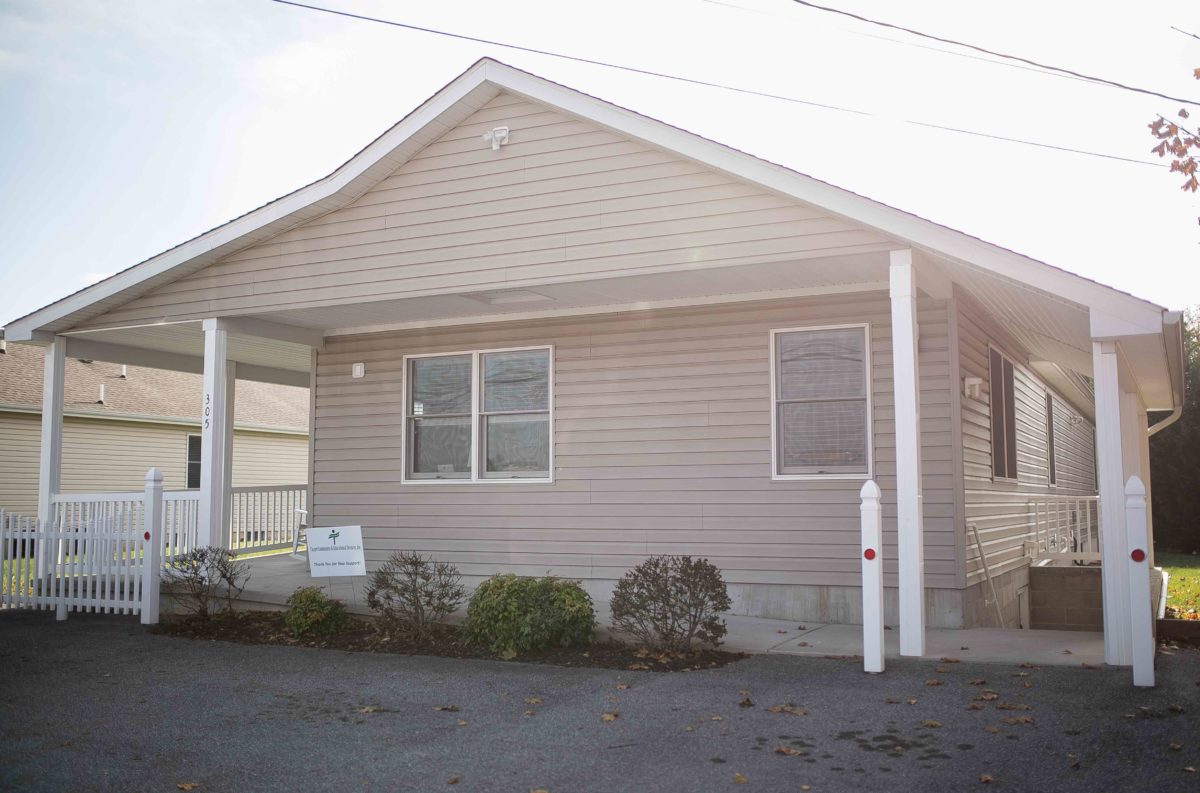A pair of homes in Westminster are being outfitted with technology to help monitor the health of people with intellectual disabilities who live there.
The two houses, which are home to people with intellectual disabilities, are hooked up to the town’s gigabit fiber network, which is a big effort by the small Maryland town to spur economic development through faster internet. They officially opened in November.
The project is being helmed by the Mid-Atlantic Gigabit Innovation Collaboratory (MAGIC), a nonprofit formed to spur new ways of using the broadband network.
In part, the homes are designed to show off what the network can do. With greater connectivity, the technology will offer more capacity to share data between devices inside the home, and a faster means of sharing data with healthcare workers outside the home.
“As new technologies come out, all of it revolves around collecting more data and collecting better data,” said Amy Rupp, executive director of the “Moving those technologies into a home you have to have secure, reliable high-capacity broadband.”
The technology that is introduced to the homes over what Rupp called a “long-term process” will help in-home support staff monitor data on heath, behavior, physiology and more. For one, Rupp said it will help move info that is currently being recorded in binders onto a database.
As more sensors and other devices are added to the home, the idea is to be able to analyze data to draw conclusions that could be used toward improving the environment for patients inside. It can combine a look at the human interaction with the environment and the technology’s analytical capabilities, said Sonya Hand of Skayl, a Westminster-based startup working with MAGIC to introduce the sensors and other technology.
“When we combine those two, we’ve got so much more power to determine what preventative measures may be helpful,” she said.

At the same time, Hand said the capability of the faster network to send more information to hospitals and other healthcare facilities will be valuable for providing analysis on the data that is collected.
The project drew the attention of the Point Breeze Credit Union, which awarded it $10,000 last year after winning a competition to spur new projects among businesses and nonprofits in Carroll County. It was one of five projects that was up for funding at the Point Breeze Community Care Challenge.
How a Maryland town is using its fiber network to change healthcare







